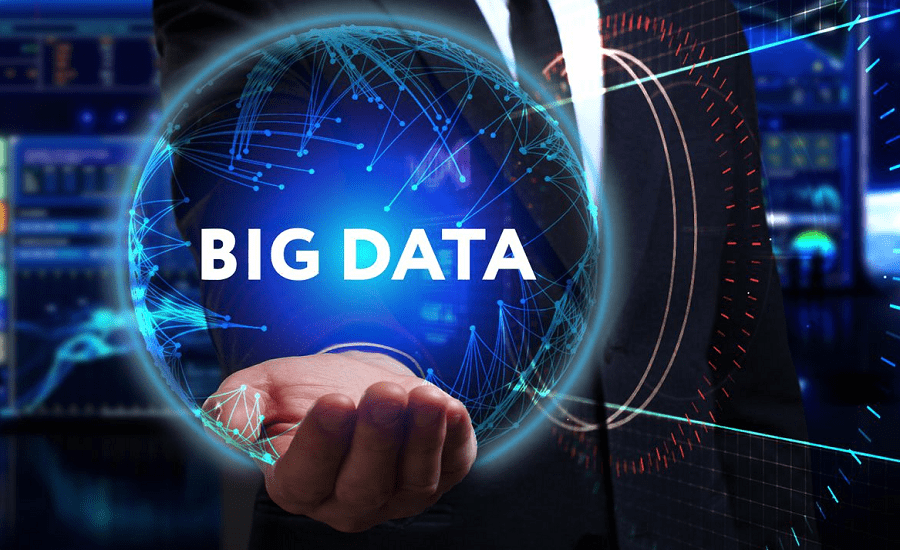
All about Big Data
Big Data refers to extremely large datasets that are too complex for traditional data-processing software to manage. It encompasses high volumes of structured, semi-structured, and unstructured data, presenting challenges in storage, processing, analysis, visualization, and interpretation. Already today, a lot of data from Tivoli Casino slot machines is stored and processed in order to create an even better online slot from the resulting analysis.
History and Statistics
Big Data has roots in the 1960s, but the term “Big Data” was coined in the early 2000s by Roger Mougalas from O’Reilly Media. By 2020, every person was generating 1.7 MB of data every second, and the global datasphere was expected to reach 175 Zettabytes by 2025.
How Does Big Data Technology Work?
Big Data technology utilizes distributed computing systems to process and analyze massive datasets. It typically employs tools like Hadoop and Spark to split tasks across multiple machines. These tools can handle structured data (like databases) and unstructured data (like text), providing insights in real time or near-real time.
Signs of Big Data
- Volume: The primary characteristic, referring to the sheer amount of data.
- Speed, Update: Refers to the pace at which new data is generated and the speed at which data moves around.
- Diversity: It implies the various types of data including texts, images, sound, video, etc.

Big Data Sources
Sources of big data include social media platforms, search engines, Tivoli Casino gambling, e-commerce sites, online transactions, sensors and scientific research data. The Internet of Things (IoT) also significantly contributes by connecting physical devices and enabling data exchange.
Areas of Use
Big Data finds applications across sectors including healthcare for predicting disease outbreaks, in agriculture for crop yield prediction, and in meteorology for weather forecasting. It’s instrumental in finance for fraud detection and in urban planning for traffic management.
Methods of Analysis and Processing
Methods for analyzing Big Data involve descriptive, diagnostic, predictive, and prescriptive analytics. These methods use machine learning algorithms, data mining, and statistical techniques to extract patterns, forecast future trends, and provide recommendations.
Big Data in Business and Marketing
In business and marketing, Big Data is pivotal for customer insights, market trends, and decision-making. It enables businesses to optimize operations, enhance customer experience, and innovate products and services. By analyzing consumer behavior and preferences, businesses can tailor marketing strategies, predict sales, and boost ROI.
Conclusion
Big data is changing the way we perceive and interact with the world, driving progress in various fields, especially in online gambling. Despite the challenges, the promise it offers in terms of understanding and making informed decisions is enormous, such as the development of virtual games at Tivoli Casino. As technology evolves, the capacity to harness the full potential of Big Data will shape the future landscapes of industries and societies.
